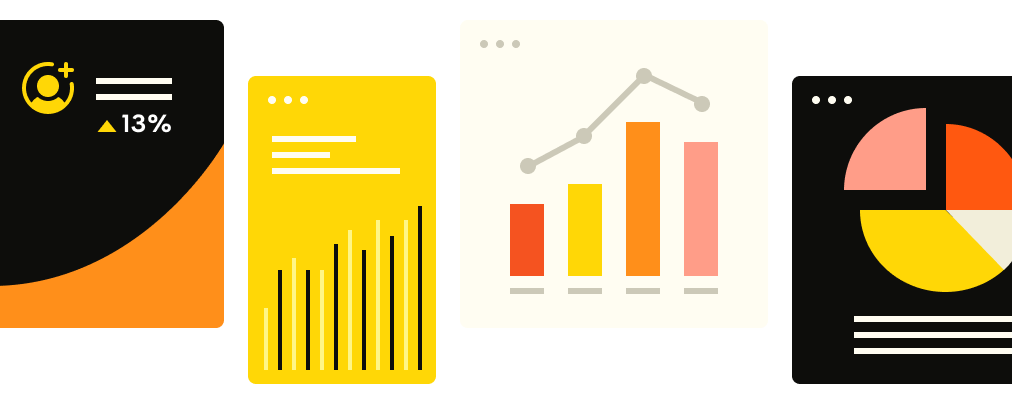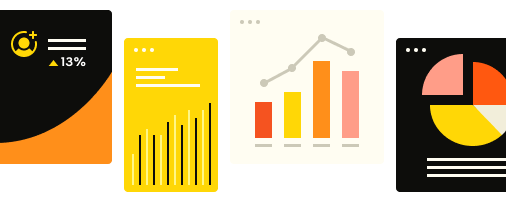Is SaaS billing software the right solution for you?

Subscription management and recurring billing platforms are key to Software as a Service (SaaS) companies for several reasons: they provide an automated mechanism for billing and revenue collection, offer flexibility in pricing models, and provide robust analytics and revenue reporting, enabling companies to gain valuable insights into real time customer behavior and preferences.
In this article, we’ll help you identify if recurring billing software is the right fit for your business and guide you to choose a billing solution that serves your needs.
Signs you need a billing platform for your SaaS business
Do you need a subscription billing platform? Start by asking yourself the following questions:
Is your team drowning in spreadsheets just to manage your billing? Managing accurate billing and various pricing plans with spreadsheets will give you a hard time getting your company off the ground. While it may seem like subscription billing software is something to get after your company has matured, it makes a big difference from your first billing cycle when you start a subscription business.
Are you losing otherwise loyal customers and can't figure out why? Having visibility on key business metrics like subscriber lifetime value, monthly recurring revenue (MRR), or customer churn rates, helps you monitor business health and identify growth opportunities. When one platform handles your entire billing process, from online payment collection to processing and retrying payment failures, you gain new clarity into the obstacles hindering your business growth and delivering the most value in the customer lifecycle.
Is your billing model able to flex with what your customers want? Customer satisfaction will likely drop if your subscription management platform can’t offer flexible pricing models. If your systems can only support a fixed billing model or it would be challenging to have a flexible subscription-based model, a billing solution could easily offer more options and efficiency for your finance team.
You may think you need a complex pricing strategy to benefit from a subscription billing platform. However, answering yes to one or more of these questions clearly states that a subscription management and billing solution can help you scale your business.
Four benefits of subscription billing platforms for SaaS companies
Whether you’re in B2B or B2C, your SaaS company can benefit from software supporting your billing workflows. Which subscription management features could catapult your business into the next step? Here are four reasons why the right subscription management tools and recurring billing platform can be a practical solution to strengthen your subscription model:
1. Let your team focus on your core product
Keep your key features front of mind for your team. Without an automated system, your staff loses valuable time invoicing and billing customers. And for any company, that can quickly lead to an overburdened staff. For a SaaS company constantly experimenting with new offerings, a subpar subscription management platform can force the finance and accounting departments to deprioritize higher-value projects. Instead of focusing on day-to-day minutiae, your team can develop the key features your customer base is asking for when you implement a subscription platform to juggle the multiple pricing strategies and subscription plans that are table stakes for your business.
2. Deliver more value to customers
What do your customers really want? Working with a subscription billing solution helps you to deliver a seamless subscriber experience–from signup to renewal. For example, you can offer free trials and let cautious shoppers try your product before buying. You offer usage-based billing or new pricing tiers for those corners of your customer base watching their budgets during seasonally slow periods or offer pausing options to subscribers who need a break from your service, but still want to enjoy it in the near future. You might be surprised how vital to future growth offering a preferred payment method in customer preferences can be.
3. Easily expand globally
As a software company, there’s a good chance that you are expanding your offerings or geographic coverage. Credit card payment processing across international borders can introduce new billing challenges. Meanwhile, you might not want to rely on existing credit card processors such as Stripe Billing since Stripe and Paypal are not on speaking terms.
SaaS subscription billing platform can help you enter new markets with multiple currencies and payment methods, customizable invoice generation and receipt formats, myriad billing terms, and variable contract details. No amount of manual processes from your finance team can handle the complex billing scenarios when your business goes global. All of these, while simplifying recurring billing across plan purchases, renewals, and adjustments using a variety of flexible options.
4. Reduce churn & get a better ROI
There may be no bigger source of financial ROI than reducing customer churn rates. According to Recurly’s subscriber retention benchmark report, 7.5% of SaaS subscribers are at risk of involuntary churn–one of the highest potential consumer losses out of all industries studied. Automated billing software monitors the entire billing process, allowing SaaS companies to save many of those at-risk subscribers.
How to choose a SaaS subscription billing platform
Your tech stack can help you automate countless routine tasks, and for subscription service companies, there may be no part of the tech stack that is more important than recurring billing software. When evaluating SaaS billing software, consider the value provided by the solution and how long it will take to get a return on that investment.
Review how a particular platform integrates with your existing tech stack–so you should ensure seamless integrations with your other software, like your accounting and CRM tools. If it doesn’t integrate, your staff could be forced to manually migrate data between platforms, and that invites human error. When you find one with the integrations necessary for your tech stack, you’ll be ready to roll out those flexible pricing models without giving your finance team a headache.
Speaking of seamless processes, consider time-to-value. What good is a SaaS billing platform if you have to wait months before you’re up and running? Look for a typical time to launch of weeks, not months. That’s especially vital since your monthly subscription service draws in revenue on a monthly basis. When you’re implementing a new billing system, you should see a finished implementation within one billing period.
Recurly is the best billing system for SaaS businesses because it was designed with B2B and B2C companies in mind–allowing you to:
Implement and manage various B2B SaaS billing models, such as usage-based pricing, pricing tiers, and one-time charges.
Ensure accurate billing and compliant revenue recognition, regardless of how complex your pricing strategy may be, which will help you automate and optimize your revenue streams and financial reporting.
Gain insights into key subscription metrics, customer behavior, product usage, churn rates, and monthly revenue management trends, powering data-driven decision-making.
Integrate with various payment gateways, CRM systems, accounting software, and other business tools, ensuring a smooth and cohesive workflow.
Scale your operations globally, easily managing SaaS subscriptions and payment options across different markets with multi-currency and multi-region support.
Protect customer data and ensure compliance with regulations like PCI DSS, SOC 2, HIPAA, and GDPR.
Our in-depth understanding of the challenges facing SaaS companies, helps us deliver management and billing software that not only works well but also generates quantifiable results, such as a 15% average increase in revenue and a 12.3x average ROI for our customers.
Looking for a subscription billing partner?
Choosing a subscription billing software is just one of the many key business decisions a subscription business must make. Check out our guide, Technology transformation: How to scale subscriptions, to learn the key considerations and advantages of a packaged solution instead of building one in-house.


